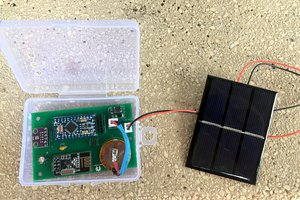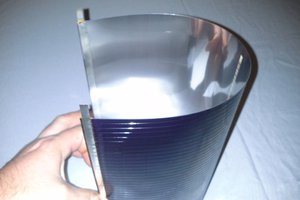This is a simple and fun project that can be built in a day, provided you have all the necessary parts.
I have inherited from some relatives the broken remains of a solar water fountain that floats on water and powers a small pump only with the help of the sun. These have no use besides the decorative one and are meant for garden ponds or small bodies of water.
Since a dog ate this one, its primary function of pumping water and being watertight was lost forever. So I decided to harvest the solar panel, and what was left of the old motor.
I have a small collection of diverse pairs of 18650 cells, and a slew of devices that require one or two as primary power source. Some devices decided it was better to leave the charging in the hands of the user, and other personal projects do not have the luxury of built in charging.
This leaves me with a problem. To charge a single 18650 is doable, but when I need two, and preferably balanced as well, things start to complicate. I have bought a dual charger that plugs directly into the wall, but after internal analysis, it seems unnecessarily dangerous and shoddy in construction.
So I decided to build my own. And what better way to do it than in the old solar panel, giving it added functionality and versarility.
 [ E C C 0 ]
[ E C C 0 ]
 anlumo
anlumo
 Gos
Gos
 Dylan Bleier
Dylan Bleier